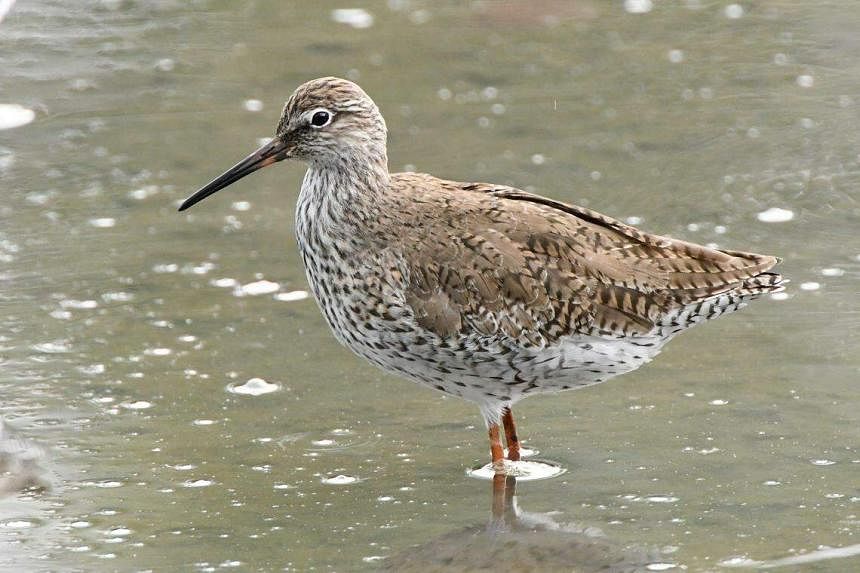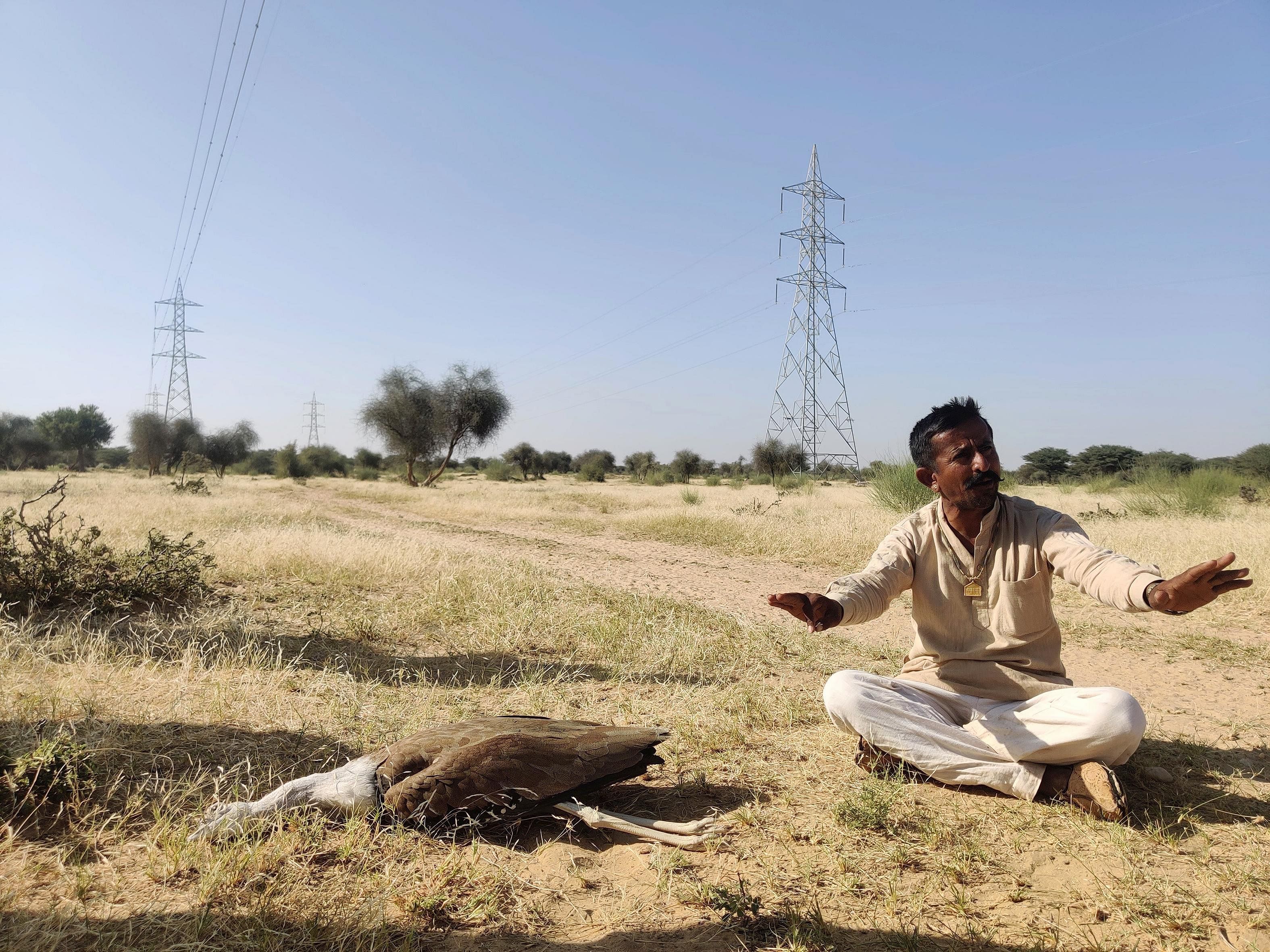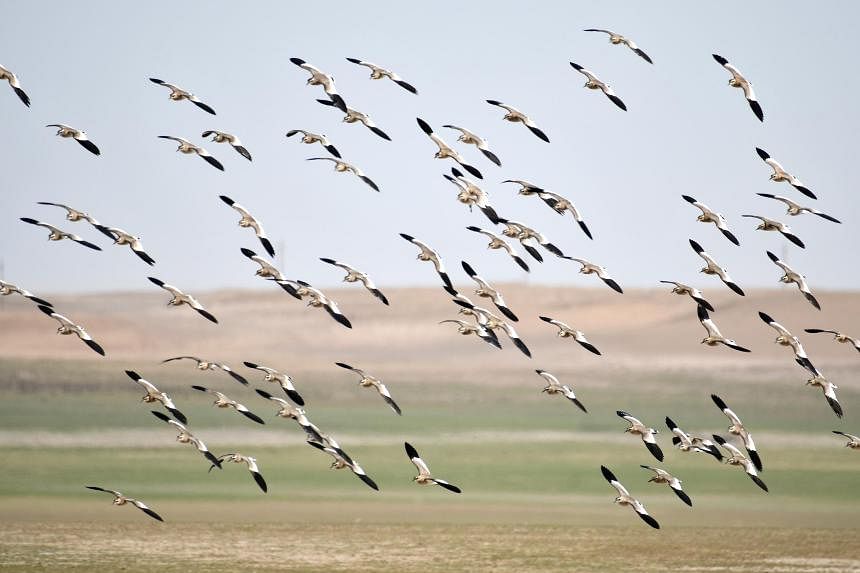SINGAPORE – A new international initiative that will help protect migratory birds – including those stopping in Singapore along the way – has won praise from conservationists, who say the effort can also help to protect crucial wetland habitats that are humanity’s key ally against climate change.
Agreed on in February at a United Nations meeting to discuss the protection of migratory species, the initiative will see a coordination unit set up in India to conserve migratory birds and their habitats across the Central Asian Flyway.
This is part of a work plan that the unit will develop and implement, which will include internationally agreed conservation strategies for threatened species, as well as international collaboration, promoting research and capacity-building.
Singapore is a stop along the Central Asian Flyway, one of the world’s nine major “highways in the sky” that birds take to get from their breeding grounds in the wintry north to their feeding grounds in the tropics.
Journeying from Russian Siberia, feathered migrants taking this flyway travel up to 5,000km across the highest peaks in the world, subarctic tundras and deserts, to the tropical islands of the Maldives.
In a study conducted from 2015 to 2019, researchers from the National Parks Board (NParks) tracked common redshanks and whimbrels in Singapore using lightweight satellite tracking devices or geolocators.
As it turned out, some of these birds travelled across the Himalayas to reach their breeding grounds up north in China and Russia after they have fuelled up on worms and snails in the mudflats of Sungei Buloh Wetland Reserve.
Before the study, most avian visitors in Singapore were presumed to have travelled here via the better-known East Asian-Australasian Flyway.
Thus, these migratory species found in Singapore will benefit from future protection of their stopover sites in eastern India, Bangladesh and Mongolia through the initiative, said Mr Vinayagan Dharmarajah, regional director of Asia at non-governmental organisation (NGO) BirdLife International.
The initiative is long overdue, he said. As the Central Asian Flyway overlaps with the East Asian-Australasian Flyway and African-Eurasian Flyway, it was overshadowed by the two in terms of research and international initiatives to drive its conservation, he added.
Hence, many aspects of bird migration along the Central Asian Flyway – such as migration movements and the scale of birds being hunted – are still poorly understood, and conservation of migratory birds is generally low on the agendas of governments and most NGOs.
The India-based coordination unit will identify the key issues faced by different countries on the Central Asian Flyway, such as lack of research or poor land management, and will lead conversations with the different governments on how they can work with NGOs and research institutions to solve them.
Closing such research gaps can help governments designate protected areas for bird conservation and to restore and manage their habitats.
The severity of threats faced by birds on each migratory route also differs, hence each flyway has its own unique conservation initiatives. For example, being hunted for food is one major threat faced by birds on the East Asian-Australasian Flyway that is not as pressing for birds that take the Central Asian Flyway.
Much of the Indian subcontinent and Sri Lanka, which are part of the Central Asian Flyway, are more tolerant of wildlife due to “culturally linked attitudes”, said Dr Yong Ding Li, regional coordinator for migratory bird conservation at BirdLife.

In South-east Asia and parts of South China, which make up a large area of the East Asian-Australasian Flyway, wildlife trapping is very widespread, hence addressing bird hunting and trapping is more pressing in this flyway.
In response, governments and NGOs formed the East Asian-Australasian Flyway Partnership in 2006 and established a task force to target illegal hunting and trade of migratory waterbirds.
Similarly, birds that use the Central Asian Flyway face a unique threat: hitting power lines and wind turbines criss-crossing open landscapes.
As countries on the flyway such as China and India are rapidly being urbanised, the scale of power line development has accelerated in the flyway, increasing the risk of migratory birds crashing into the lines and getting electrocuted.
This is a key threat to critically endangered species like the great Indian bustard, which BirdLife estimates has fewer than 250 mature birds remaining. According to the Wildlife Institute of India, an estimated 18 great Indian bustards die each year from power lines.

Mr Vinayagan said the new Central Asian Flyway initiative will help to enhance cooperation between stakeholders to protect these migratory birds.
For example, governments could work with NGOs during land-use planning to decide which locations should be avoided when building energy infrastructure such as wind turbines to minimise the risk of birds colliding into them.
Many habitats along the flyway are also lost as developing countries convert wetlands into land for agriculture, leisure and infrastructure.
This poses a substantial threat to the long-distance fliers, as they rely on these sites to rest and feed.
In the light of this, the initiative will strengthen coordination and cooperation across the region to protect, restore and sustainably manage wetlands and other habitats on the flyway.
Protecting these habitats does not only enhance the conservation of migratory birds, according to the World Wildlife Fund (WWF).
The NGO said robust wetland ecosystems such as mangroves, tidal flats, peatlands, marshlands and rivers are highly beneficial to mitigating climate change and its impacts.
These ecosystems can reduce the amount of carbon emissions by storing carbon, purifying water, securing water supplies and reducing risk of disasters such as floods, storms and tsunamis.
WWF Pakistan senior manager of research and conservation Jamshed Iqbal Chaudhry said the organisation welcomes the initiative and will support the conservation of the flyway’s migratory birds and habitats.
“The initiative will not only serve as an important platform for collaboration among countries along the flyway but will also protect and restore wetlands and other habitats, which are stepping stone corridors for birds along their migratory routes and provide essential ecosystem services for people, including water, food and natural buffers against the impacts of climate change.”

